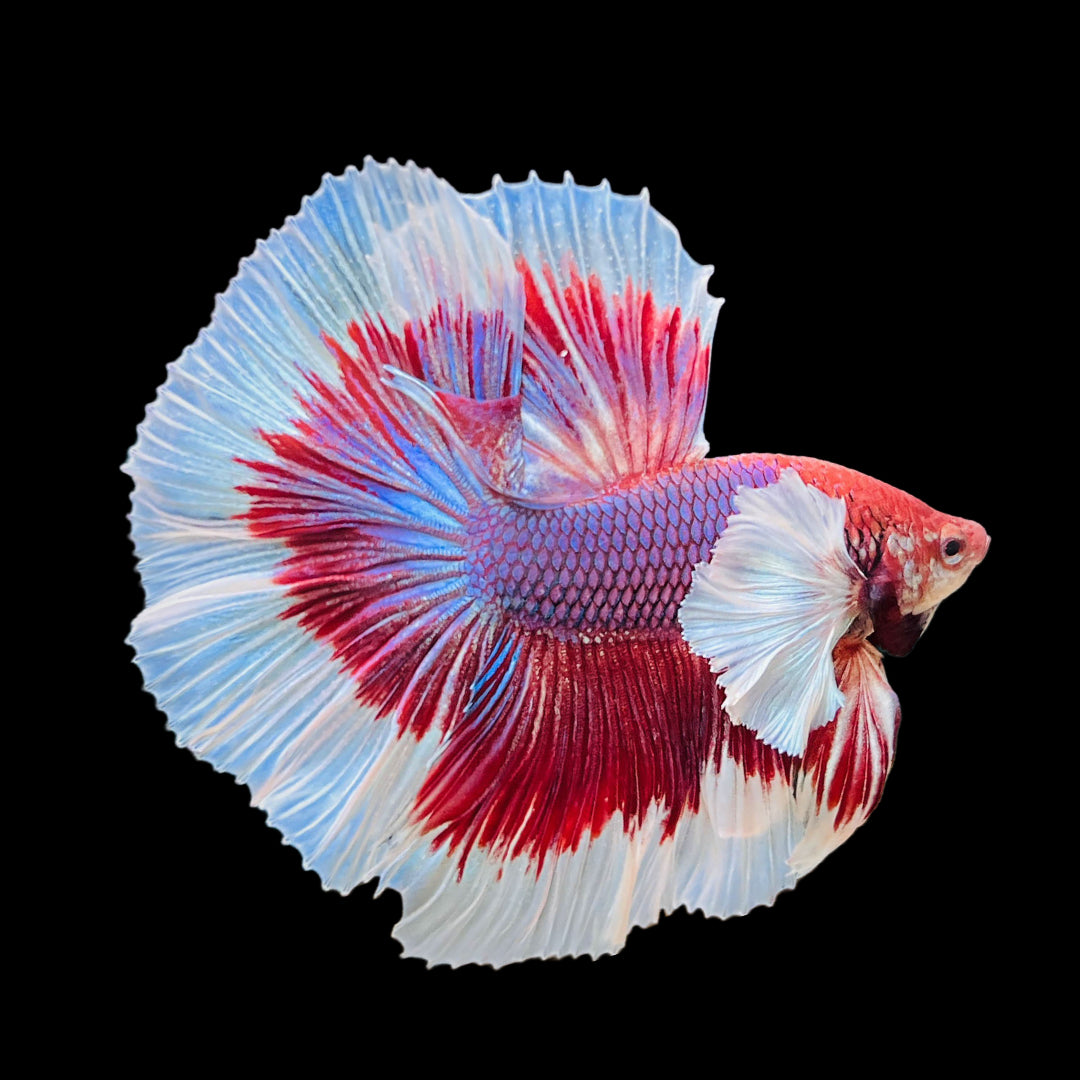Betta Fish Lifespan: Exactly How to Guarantee Your Betta Lives Longer
Betta Fish Lifespan: Exactly How to Guarantee Your Betta Lives Longer
Blog Article
Just How to Breed Betta Fish Efficiently: Specialist Strategies and Insights for Hobbyists Aiming To Expand Their Betta Collection
Reproducing Betta fish calls for a nuanced understanding of genetics and ecological conditions, making it necessary for hobbyists to come close to the procedure with both persistance and care. Producing an optimal breeding setting, selecting the ideal pairs, and observing the ins and outs of their courtship behaviors are foundational steps that can significantly affect the result.
Recognizing Betta Fish Genetics
Understanding the genes of Betta fish is vital for effective reproduction, as it influences characteristics such as shade, fin form, and actions. Betta fish display a varied selection of colors and patterns, greatly identified by their hereditary make-up.
In addition to pigmentation, fin morphology is one more substantial element of Betta genetics (betta fish). The sizes and shape of fins are affected by different genetics, including those that identify whether the fins are brief, long, or veil-shaped. Understanding these hereditary variations assists dog breeders predict the phenotypic results of their spawn
Moreover, behavioral traits such as aggressiveness and territoriality can also be influenced by genes. These habits play an essential duty in the reproducing procedure, as they can influence generating success and the overall temperament of the resulting fry. By comprehensively understanding these genetic concepts, dog breeders can make informed decisions, eventually improving their breeding programs and achieving desirable outcomes.
Preparing the Reproduction Environment
Creating an ideal reproduction environment is vital for the successful recreation of Betta fish. The first step in preparing this setting is to choose an ideal breeding tank, preferably varying from 5 to 10 gallons.
Next, take into consideration the use of a sponge filter or an air rock to give gentle water flow without developing solid currents that can emphasize the fish. It is necessary to set up plants or breeding cones to provide hiding spots and advertise comfort for the woman during the spawning process. Floating plants, such as Java moss or water sprite, can likewise produce a much more native environment while helping with bubble nest building by the man.
Before presenting the breeding sets, guarantee the water is conditioned and devoid of hazardous chemicals, such as chlorine or hefty metals. betta fish. Regular water adjustments need to be performed to preserve optimal water top quality, enhancing the opportunities of effective reproduction. With these preparations in position, the breeding environment will certainly sustain the wellness and health of both Betta fish
Selecting Breeding Pairs
Choosing the ideal reproduction sets is important for attaining successful Betta fish recreation. Healthy and balanced Betta fish exhibit dynamic shades, clear eyes, and active behavior.
Personality is an additional important consideration, as Betta fish are known for their hostile nature. It is recommended to select a man and lady that show compatible personalities to lessen stress and anxiety throughout the breeding procedure. A tranquil man can motivate a smoother courtship, while a lady you can try here that is as well aggressive may interfere with the process.
Genetic history likewise plays a substantial role in the high quality of the children. Breeding fish that are genetically varied can minimize the threat of genetic wellness problems and enhance the general vitality of the fry. It is useful to research the lineage of both the male and woman, concentrating on desirable attributes such as fin kind, color scheme, and dimension.
The Breeding Refine
The breeding procedure of Betta fish calls for mindful planning and attention to detail to ensure a successful result. It is important to prepare an appropriate reproduction container, ideally a 5-10 gallon fish tank with a temperature preserved at 78-80 ° F. The tank ought to be equipped with a heating unit, filter (preferably sponge type to stay clear of solid currents), and lots of water plants for the lady to conceal.
Once the atmosphere is established, present the chosen breeding pair to the tank, enabling them to accommodate. Observe their actions; the male will present fancy courtship routines, including flaring his fins and constructing a bubble nest. If the lady reveals rate of interest, she will present upright red stripes showing preparedness for spawning.
When the woman is receptive, both will certainly engage in a mating accept, throughout which the male feeds the eggs. It is crucial to check their interactions closely, as the male might become aggressive. After helpful site generating, get rid of the woman to stop possible harm. The male will tend to the eggs, which normally hatch out within 24-36 hours. Keeping optimal water conditions throughout this duration is necessary for the advancement of healthy Betta fry.
Caring for Betta Fry

Feeding Betta fry is vital, as they require a diet regimen high in protein. They can be fed infusoria or fluid fry food, transitioning to finely crushed top quality pellets as they grow. Feed small parts multiple times a day to urge healthy development without straining the container with uneaten food.
:strip_icc()/siamese-fighting-fish-bettas-1378308-hero-f459084da1414308accde7e21001906c.jpg)
As they develop, check their development carefully and separate any aggressive people to stop damage. By providing a nurturing setting and proper nutrition, hobbyists can effectively increase Betta fry right into vibrant, healthy and balanced fish, inevitably improving their reproduction undertakings.
Verdict
Successful Betta fish reproduction requires meticulous interest to hereditary choice, environmental conditions, and care for the fry. By comprehending the genetics of Betta fish and preparing an ideal breeding setting, hobbyists can boost the opportunities of creating lively, healthy and balanced spawn.
Report this page